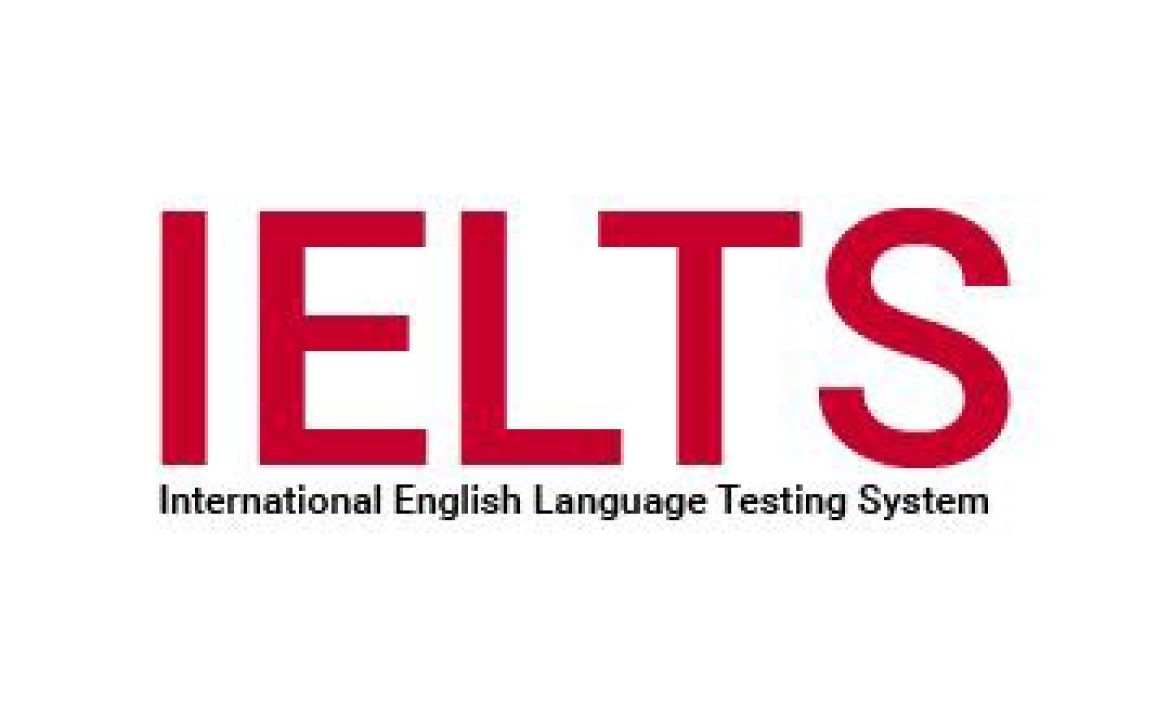All About IELTS

Introduction: The International English Language Testing System (IELTS) is a globally recognized standardized test that assesses the English language proficiency of individuals for academic, professional, or migration purposes. In this article, we provide a comprehensive guide to understanding IELTS, its key features, test formats, scoring system, and its significance in achieving your language goals.
1. IELTS Test Formats:
IELTS offers two main test formats to cater to different purposes:
a. IELTS Academic: This format is designed for individuals planning to pursue higher education or professional registration in an English-speaking country. It assesses language skills required for academic study, including complex reading texts, academic writing tasks, and listening materials with academic content.
b. IELTS General Training: This format is suitable for individuals migrating to an English-speaking country or seeking work experience. It evaluates practical English language skills required for daily life, workplace communication, and social interactions.

More about IELTS...
2. Test Sections and Scoring System:
The IELTS test consists of four sections: Listening, Reading, Writing, and Speaking.
a. Listening: Test takers listen to a range of recorded monologues and conversations and answer questions based on the information they hear.
b. Reading: The reading section presents a variety of texts, including articles, advertisements, and excerpts from books or newspapers, followed by a set of comprehension questions.
c. Writing: Candidates complete two writing tasks, which may include describing a diagram, writing an essay, or responding to a given situation or argument.
d. Speaking: The speaking component involves a face-to-face interview with a certified examiner. It assesses candidates’ spoken English proficiency, including fluency, vocabulary, grammar, and pronunciation.
The scoring system ranges from band 1 (non-user) to band 9 (expert user), with each band representing a specific level of language proficiency.
Preparing for the IELTS test is crucial for achieving your desired scores. There are various resources available to help you succeed, such as official IELTS practice materials, sample test questions, and online preparation courses. These resources enable you to become familiar with the test format, practice time management, and develop strategies for each section.
4. Recognized and Accepted Worldwide:
IELTS scores are widely accepted by thousands of educational institutions, employers, immigration authorities, and professional organizations worldwide. The test’s reputation for accuracy, fairness, and reliability makes it a trusted measure of English language proficiency.
It always seems impossible until it’s done.
Nelson Mandela
5. Benefits of IELTS:
Achieving a high IELTS score can open doors to numerous opportunities, including:
a. Higher Education: IELTS scores are often a requirement for admission to universities and colleges in English-speaking countries. A good score can enhance your chances of getting accepted into your desired academic program.
b. Employment and Professional Recognition: Many employers globally recognize and value IELTS scores when evaluating English language skills for job positions that require effective communication in English. Some professional organizations also require IELTS scores for membership or certification.
c. Migration and Visa Applications: Immigration authorities in several countries, including Australia, Canada, New Zealand, and the United Kingdom, accept IELTS scores as proof of English language proficiency for visa and immigration applications.
IELTS plays a vital role in assessing English language proficiency and opening doors to academic, professional, and migration opportunities. By understanding the test formats, preparing effectively, and aiming for desired scores, you can confidently pursue your language goals and embark on a successful journey in an English-speaking environment.



